RESOURCES & EDUCATION
Types of Cerebral Palsy
Cerebral palsy is a neurological disorder that affects the way the brain sends communication to the muscle groups. It’s the most common movement disorder in children and can be considered mild, moderate, or severe.
Based on the type and location of movement issues, the main types of cerebral palsy include:
Spastic (Pyramidal) Cerebral Palsy
This is the most common type of cerebral palsy, affecting up to 80% of CP cases. When the brain’s motor cortex (which controls voluntary movement), or the pyramidal tracts (which connect each side of the motor cortex and help send signals to the muscles) are damaged, muscular tension and mobility are impaired.
Symptoms may include: difficulty with coordination and balance, difficulty eating and talking, muscle spasms, muscle pain or tightness.
Athetoid (Extrapyramidal) Cerebral Palsy
Athetoid cerebral palsy is a non-spastic cerebral palsy caused by damage to the basal ganglia (regulates voluntary motor function and eye movements) and/or the cerebellum (controls balance and coordination). This causes muscle tone to fluctuate, meaning the child will have both hypertonia (muscular tension) and hypotonia (decreased muscle tone).
Symptoms may include: trouble lifting head and limbs (floppy limbs), difficulty sitting or standing upright without support, fine and gross motor function impediments, difficulty reaching for objects, difficulty feeding, and involuntary face or body movements.
Ataxic Cerebral Palsy
Occurring in 5-10% of CP cases, ataxic cerebral palsy is the least common type of cerebral palsy and is caused by damage to the cerebellum–the part of the brain that affects balance and coordination.
Symptoms may include: decreased muscle tone (hypotonia), motor function impairments, trouble speaking, visual and/or auditory processing difficulties, challenges with depth perception, shakiness, tremors, and spreading feet apart when walking.
Mixed Cerebral Palsy
When brain damage isn’t confined to one location a child may develop cerebral palsy where spastic, ataxic, and/or athetoid effects are present.
Additional Cerebral Palsy Terms
Depending on how many limbs are affected, other terms you may hear from your cerebral palsy specialists or health care professionals are:
- Monoplegia
Affects just one arm or leg. - Hemiplegia
Affects movement of one arm and one leg on the same side of the body. Hemiplegia can be a result of prenatal bleeding in the brain. - Diplegia
Affects both legs. Premature birth is a common cause of diplegia. - Triplegia
Affects three limbs: arms and one leg, or both legs and one arm.
- Quadriplegia
Affects all four limbs. Often the trunk of the body and facial muscles controlling the mouth, tongue and windpipe are also impacted. - Double hemiplegia
Affects all four limbs, but arms are more impacted than the legs.
Learn more about the causes of cerebral palsy, or for legal advice contact our Vancouver cerebral palsy attorney by calling 604 662-7777 or 1 800 999 4991
If you believe your child’s cerebral palsy is a result of medical negligence, contact us immediately..
Call us or fill out the contact form below.
Do you need a personal injury lawyer with experience in dealing with Cerebral Palsy cases?
Call us, or fill out the contact form below, for your free consultation with a personal injury lawyer experienced with Cerebral Palsy cases.
Do I have a case?
Fill out the form to book your FREE case evaluation



